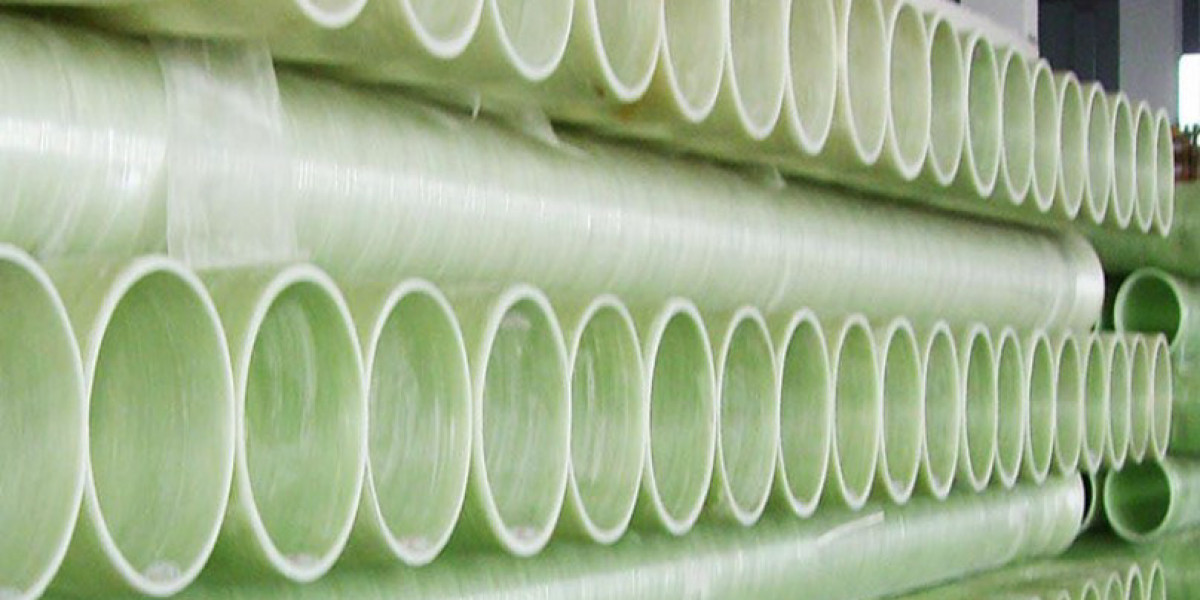Introduction
Technological advancements in manufacturing are playing a crucial role in shaping the Glass Fibre Reinforced Plastic (GFRP) composites market. Innovations in automation, materials science, and production techniques are driving efficiency, cost reduction, and sustainability in GFRP manufacturing. This article explores the latest technological innovations that are transforming the GFRP composites industry.
Advanced Manufacturing Techniques
The GFRP composites industry is leveraging cutting-edge manufacturing techniques to enhance product quality, streamline production, and expand applications across industries. Key advancements include:
1. Automated and Robotic Manufacturing
The integration of robotics and AI-driven automation has improved precision and consistency in composite manufacturing.
Automated fiber placement (AFP) and automated tape laying (ATL) technologies enable the rapid production of complex composite structures.
Robotics reduce labor costs and enhance quality control, minimizing defects and material waste.
2. 3D Printing and Additive Manufacturing
The adoption of 3D printing technology is revolutionizing GFRP composites production by enabling customized and complex geometries.
Additive manufacturing allows for the rapid prototyping of composite components, reducing development time and material waste.
Hybrid 3D printing techniques combine traditional composite manufacturing with additive processes for enhanced mechanical properties.
3. Resin Infusion and Pultrusion Advancements
Improved resin infusion techniques, such as vacuum-assisted resin transfer molding (VARTM), enhance the strength and durability of GFRP components.
Pultrusion advancements have enabled continuous, high-speed production of composite profiles with superior mechanical performance.
Low-volatile organic compound (VOC) resins and bio-based resins are being integrated to improve sustainability.
Smart Materials and Performance Enhancements
Innovations in material science are leading to the development of next-generation GFRP composites with enhanced performance characteristics.
1. Nanotechnology Integration
The incorporation of nanomaterials, such as graphene and carbon nanotubes, improves mechanical strength, thermal stability, and electrical conductivity.
Nano-enhanced resins offer superior adhesion properties, increasing the durability of GFRP structures.
2. Lightweight and High-Strength Composites
Advances in fiber reinforcement technology are producing ultra-lightweight GFRP composites with increased tensile strength.
High-performance fibers, including S-glass and basalt fibers, are being used to enhance impact resistance and fatigue life.
3. Smart and Self-Healing Composites
Researchers are developing self-healing GFRP composites that use microencapsulated healing agents to repair cracks and extend product lifespan.
Embedded sensors in smart composites enable real-time monitoring of structural integrity, improving safety in aerospace and infrastructure applications.
Sustainable and Eco-Friendly Innovations
Environmental sustainability is a key focus in the GFRP composites market, leading to the development of greener manufacturing solutions.
1. Bio-Based and Recyclable Materials
Manufacturers are investing in bio-based resins derived from renewable sources, reducing the environmental impact of composite production.
Recycling technologies, including pyrolysis and mechanical processing, are being developed to recover glass fibers from end-of-life GFRP products.
2. Energy-Efficient Manufacturing
The adoption of energy-efficient curing processes, such as microwave and UV curing, reduces production time and lowers energy consumption.
Closed-loop manufacturing systems minimize waste and improve resource efficiency in composite production facilities.
Future Outlook
The future of GFRP composites manufacturing is driven by continuous innovation in materials, processes, and sustainability. Key trends shaping the market include:
Increased adoption of digital twin technology for real-time simulation and optimization of composite production.
Expansion of automated manufacturing systems to improve scalability and reduce costs.
Growing emphasis on circular economy principles, promoting recycling and sustainable material usage.
Conclusion
Technological advancements are revolutionizing the GFRP composites market, enabling manufacturers to produce high-performance, cost-effective, and sustainable composite materials. Innovations in automation, additive manufacturing, nanotechnology, and eco-friendly solutions are enhancing the competitiveness of GFRP composites across industries. As these technologies continue to evolve, they will drive the growth and adoption of GFRP materials in automotive, aerospace, construction, and renewable energy applications.










